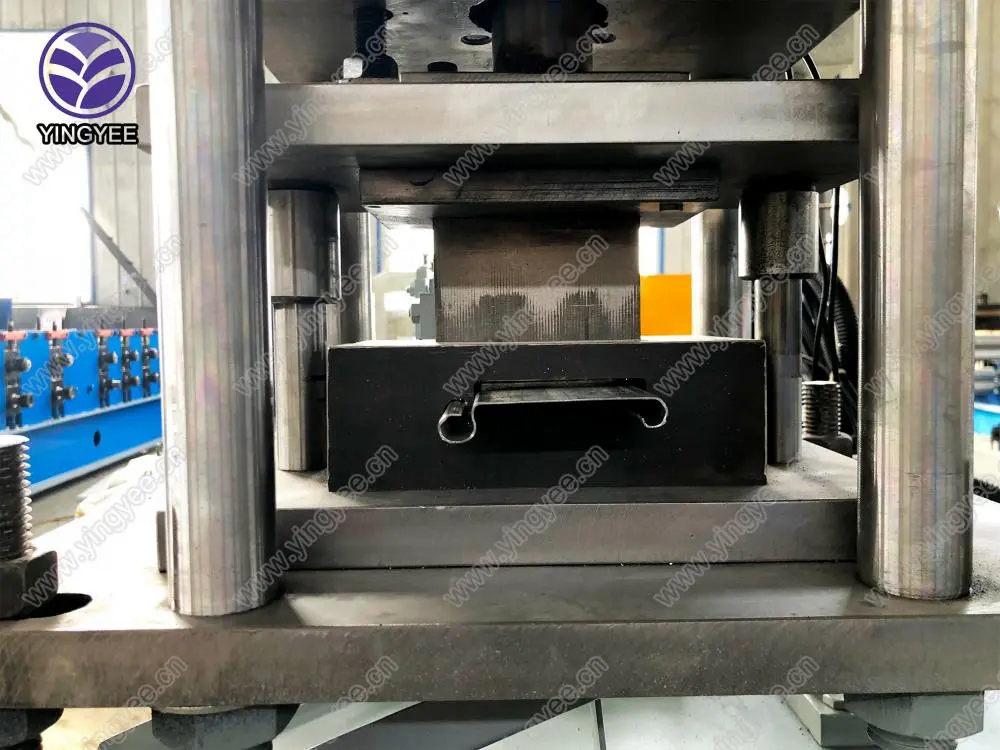
The Role of Square/Round Downspout Roll Forming Machines in Modern Construction
In the ever-evolving construction industry, efficiency and precision are key elements that define the success of any project. One of the crucial components in this area is the square/round downspout roll forming machine, a piece of equipment that has become indispensable for manufacturers and contractors involved in metal fabrication. This article delves into the significance of these machines, their functionality, and their impact on construction practices.
Understanding Downspouts
Before exploring the machinery, it’s important to understand the role of downspouts in building architecture. Downspouts are vertical pipes that direct rainwater collected by gutters away from a building’s foundation, thus preventing water damage and structural issues. The choice between square and round downspouts often depends on aesthetic preferences, structural requirements, and regional climate considerations. With the increasing demand for diverse building designs, the need for customizable downspouts has grown, making roll forming machines crucial.
What is a Roll Forming Machine?
A roll forming machine is a versatile piece of industrial equipment used to create continuous lengths of metal profiles with desired cross-sectional shapes. The process involves passing a flat strip of metal through a series of rollers that progressively form the material into the specific shape needed for downspouts. This method is not only efficient but also allows for the production of uniform and high-quality products.
Features and Benefits
1. Customization One of the primary advantages of the square/round downspout roll forming machine is its ability to produce customized profiles tailored to specific project requirements. This flexibility enables manufacturers to meet varied design specifications while maintaining structural integrity.

2. Efficiency Roll forming technology is renowned for its high-speed production capabilities. Once the initial setup is completed, these machines can produce downspouts at a remarkable rate, significantly reducing labor costs and project timelines.
3. Material Conservation Roll forming is a process that minimizes waste. The continuous nature of the process allows for the use of full metal coils, reducing scrap and optimizing material usage. This is particularly important in today’s industry where sustainability is a growing concern.
4. Consistency With automated systems, the roll forming machine ensures consistent dimensions and quality across each product. This reliability is critical in maintaining the integrity of construction projects and meeting building codes.
5. Easy Operation and Maintenance Modern downspout roll forming machines are designed with user-friendliness in mind, making them accessible to operators with varied skill levels. Additionally, routine maintenance procedures are straightforward, thus reducing downtime and ensuring continuous operation.
Applications in Construction
Square and round downspouts manufactured using roll forming machines are widely used in various construction projects, from residential homes to commercial buildings. Their ability to blend functionality with aesthetic appeal makes them an essential component in architectural designs. Furthermore, tailored downspouts can effectively manage rainwater runoff, which is crucial for preventing flooding and erosion in different environments.
Conclusion
In conclusion, square/round downspout roll forming machines represent a significant technological advancement in the construction industry. By enabling the efficient and precise production of customized downspouts, they help builders and contractors meet the demands of modern architectural designs while ensuring durability and functionality. As the industry continues to embrace innovation, the role of these machines will undoubtedly expand, contributing to the development of sustainable and resilient infrastructure.